DC Comics Logo Design: History & Evolution

Image Courtesy: DC Comics
When you think about iconic symbols in the world of comics, the DC Comics logo design likely springs to mind. Over the years, this emblem has become synonymous with heroic characters and enthralling storylines that have captivated audiences around the globe. But have you ever wondered about the evolution of the DC Comics logo design? As graphic designers, it's fascinating to delve into the creative process and historical changes that have shaped this powerful symbol. From its early roots to the contemporary designs, the DC Comics logo tells a story that's as dynamic and thrilling as the heroes it represents. In this article, we'll take a journey through the transformation of the DC Comics logo design, exploring how it's mirrored the brand's growth and industry innovations. Whether you're a die-hard fan or simply intrigued by logo evolution, this insight into the visual identity of one of the world's most famous comic publishers will surely pique your interest. Join me, and let's uncover the artistry behind the legendary DC Comics logo design!
DC Comics Logo Design History
1940 - 1942
During the early 1940s, DC Comics was still finding its footing in a rapidly growing industry. It was the introduction of the original DC Comics logo design in 1940 that marked a significant moment in the company's visual evolution. This logo, placed prominently on the cover of the Batman issue, stood out as a hallmark of the era's design aesthetic.
The logo featured a white circular badge with wide double outlines, encapsulating the words “A Publication” in all capitals using a rounded sans-serif typeface around the perimeter. Within this distinctive ring was another smaller circle, housing the “DC” lettering in an outlined serif font. This choice of typography added a sense of prestige and formality, characteristics resonant with the era.
What made this DC Comics logo design especially captivating was the simple yet timeless design, something quite extraordinary at that time. The use of geometric shapes and clear, bold lines would inspire many logos that followed, setting the stage for the brand's growth.
As graphic designers, we can see the 1940-1942 DC Comics logo as an example of how creativity and innovation can turn simple elements into an enduring symbol. The logo managed to encapsulate the spirit of the times while laying the foundation for the brand’s image. It’s a testament to the power of design, reflecting not only a visual identity but the soul of a burgeoning era in comics.

Image Courtesy: DC Comics
1942 - 1949
The launch of the Superman series in 1942 was a game-changer in the world of comics, and with it came a redesign of the DC Comics logo. This change marked a significant shift in the brand's identity, and the main alteration in the emblem was all about the lettering around its frame.
The redesign featured the words “A Superman Publication” in the same rounded sans-serif typeface as before, but this time, the addition of Superman's name added an extra layer of intrigue and association with the new series. It was a clever move that tied the logo with one of the most recognizable and beloved characters in comic history.
But that wasn’t all; the “DC” monogram in the middle underwent a transformation as well. Its contours were refined and strengthened, giving the logo a sleeker appearance. Adding a delicate black shadow to the lettering infused depth, enhancing the visual appeal of the DC Comics logo design.
The 1942-1949 era of DC Comics logo design shows a remarkable understanding of branding, and how minor tweaks can have a major impact. By incorporating elements related to the content, and adjusting small details like shadows and contours, the logo managed to evolve while maintaining its essence. It's a masterclass in subtle redesign and provides valuable lessons for graphic designers on the art of meaningful, context-driven evolution.

Image Courtesy: DC Comics
1949 - 1970
The DC Comics logo design underwent a bold transformation in 1948 that continued to resonate until 1970. During this period, the red color made its first appearance in the visual identity of the brand, creating a lasting impression that still echoes today.
The “Superman” part, now placed on the upper part of the frame, and the central “DC” were both colored in a striking red. This contrasted sharply with the bottom black portion of the wordmark, which consisted of “National Comics” in black. The two parts of the arched inscription were separated from each other by two bold black dots, adding to the overall visual balance of the logo.
What truly sets this era apart in the history of the DC Comics logo design is the main monogram, which gained a thicker and more powerful typeface with a strong character and massive shapes. The addition of red and the refined typography symbolized an era of growth and confidence for DC Comics. It was more than just a logo; it was a declaration of intent, an embodiment of the power and dynamism that the brand had come to represent.
This 1949 - 1970 DC Comics logo design is a testament to how color and typeface adjustments can breathe new life into a brand. The addition of red, a color associated with energy and passion, aligned perfectly with the heroic tales DC was known for, providing graphic designers with valuable insights into the psychological power of color and form.

Image Courtesy: DC Comics
1970 - 1972
The 1970s ushered in a new era for the DC Comics logo design, capturing the essence of the brand in a way that had never been done before. This redesign brought a fancy Superman image to the forefront of the DC Comics visual identity, marking a significant departure from previous versions.
Drawing the superhero in his iconic blue and red costume, and placing it on a solid black circular background, the brand introduced a new dimension to the logo. The “DC Superman” wordmark was set in a contrasting yellow rectangular banner, placed just under the emblem. This design encapsulated the adventurous and fantastical elements that the comics represented.
This DC Comics logo design from 1970 to 1972 offered a masterclass in incorporating brand storytelling into visual identity. It wasn't just a logo but a visual narrative, telling the story of Superman and everything the character stood for. For graphic designers, this logo represents a perfect blend of symbolism and design, illustrating how imagery can create an emotional connection with the audience. The use of color, form, and iconography in this era's logo design provides a vivid example of how visual identity can be more than just a mark; it can be the very soul of a brand.

Image Courtesy: DC Comics
1972 - 1974
In 1972, the world of comics experienced a seismic shift in visual branding with the introduction of a fresh, modern iteration of the DC Comics logo design. This new emblem marked a departure from the ornate designs of the past, embracing a minimalist aesthetic that resonated with the times.
The logo was composed of a bold customized “DC” lettering, neatly placed inside a white circle defined by a thin black outline. What caught the eye were the geometric sans-serif typeface's numerous angles and thick lines. It looked powerful, futuristic, and was emblematic of the era’s fascination with streamlined forms and innovative designs.
The introduction of the red, white, and black color palette added another layer of dynamism to the DC Comics logo design. Red brought the passion and energy associated with the brand’s superheroes, while the contrast of white and black added a playful touch, offering a sense of balance and modernity.
This 1972-1974 period showcases how minimalism can translate into strong brand identity. The emphasis on shape, type, and color created a visually appealing and memorable logo, revealing that sometimes, less is indeed more. For graphic designers, this design stands as a landmark, a testament to the evolving tastes of an audience hungry for contemporary, sleek aesthetics.

Image Courtesy: DC Comics
1974 - 1976
Change was in the air once again in 1975, as the DC Comics logo design underwent another transformation. This time, the alteration was more than just a visual refresh; it was a statement that mirrored the brand’s evolving identity.
The once black “DC” monogram was now colored a bold blue, and additional lettering was introduced around the badge's perimeter. The phrase “The Line of Superstars” was added in a bold sans-serif typeface, colored in an attention-grabbing red. Separating the two parts of the inscription were two bold red five-pointed stars, infusing the logo with an extra spark of energy.
This new approach to the DC Comics logo design beautifully balanced tradition and innovation. The addition of the superstar tagline and stars aligned with the brand's ethos, celebrating the larger-than-life characters that had become synonymous with DC Comics.
Graphic designers can draw inspiration from this era’s design as an example of how to innovate within an established visual framework. By retaining core elements and introducing fresh, relevant details, the 1974-1976 DC Comics logo became a symbol of the brand's heritage and its commitment to constant evolution. It demonstrates the power of thoughtful design to reflect not just a company's image but its soul, history, and ambition.

Image Courtesy: DC Comics
1976 - 2005
The DC Comics logo design took on a distinct and iconic look in 1976 that would define the brand for almost thirty years. This new emblem was a masterstroke of design simplicity, created by the renowned graphic designer Milton Glaser, and it continues to be highly recognizable across the globe.
The new badge featured a small white circle placed on a larger black one. Four white five-pointed stars were thoughtfully located in the black part of the badge, creating an arresting visual contrast. The “DC” wordmark, executed in an extra-bold sans-serif, was set diagonally on a white background and encased in a thin double black and white outline.
This monochrome design was not only stylish and powerful but also timeless. The stark contrast between black and white, the diagonal placement of the wordmark, and the inclusion of stars created a strong visual statement. It was both a reflection of the era's bold graphic design trends and a timeless symbol that resonated with fans and non-fans alike.
The longevity of this DC Comics logo design is a testament to its ingenious composition and profound connection to the brand's essence. For contemporary graphic designers, this logo stands as an enduring example of how simplicity, balance, and careful use of geometry can lead to a timeless and universal design.

Image Courtesy: DC Comics
2005 - 2012
In 2005, a new chapter began in the story of the DC Comics logo design. This time, designers Josh Beatman and Richard Bruning were at the helm, breathing fresh life into the brand's visual identity.
The new logo was sleek, modern, and dynamic. It featured two “DC” letters, set in a smooth blue outline, placed on an oval swirl in two shades of blue. A white star adorned the bottom part of the emblem, anchoring the design and adding a touch of elegance.
The color palette was soft, light, and crispy, a departure from the stark black and white of the previous design. The slightly italicized letters and the graceful swirl gave the logo a sense of motion and progress, reflecting the continuous evolution of the brand.
This iteration of the DC Comics logo design represented a contemporary turn, aligning with the tastes and trends of the early 21st century. It's a compelling reminder for graphic designers that even the most iconic logos can benefit from a thoughtful update, provided it's done with respect for the brand's history and an eye toward its future. This 2005-2012 logo captured the spirit of change and innovation, offering a fresh take on a classic while retaining the core essence that made DC Comics a household name. It's a valuable lesson in how subtle changes in color, shape, and orientation can breathe new life into a well-established brand.

Image Courtesy: DC Comics
2012 - 2016
In 2012, the DC Comics logo design underwent a major transformation, a rebranding that sought to resonate with the contemporary tastes of its audience. This innovative design was created by the talented team at Landor Associates and showcased a fresh, modern appeal that still paid homage to the essence of the brand.
The new logo featured a bold black letter “C” dramatically overlapped by a stylized gradient blue “D”, flipped like a magazine page. This creative twist not only brought visual intrigue but also symbolized the turning of pages, an apt metaphor for a comic book company. Beneath this emblematic imagery, the “DC Comics” wordmark was set in two levels, using a medium-weight sans-serif typeface that complemented the stylish emblem above.
The power of this particular DC Comics logo design lay in its abstract representation, its sleek aesthetic, and its clever use of gradients and layers. The flipped “D” added a sense of depth and dynamism, making the logo instantly stand out.
For graphic designers, this period's logo is a lesson in creative experimentation and thoughtful design choices. It captures the energy and narrative storytelling that is central to the comic book world, while the bold use of color and shape underlines DC Comics' commitment to innovation and forward-thinking.

Image Courtesy: DC Comics
2016 - Present
In 2016, DC Comics undertook another redesign, this time engaging the expertise of one of the most reputable design bureaus, Pentagram. The new badge was not a complete departure from the past but rather a thoughtful reflection on it, drawing inspiration from the logo version of the 1970s.
The updated emblem featured sharp stylized “DC” lettering enclosed within a thin frame. The light blue and white color palette made the badge look fresh and crisp, injecting a sense of vivacity and progressiveness. This was not merely a logo; it was a statement about DC Comics’ place in the modern world, blending heritage with an energetic, fresh appeal.
This current phase of DC Comics logo design provides a significant lesson in the importance of understanding a brand's history and values. The designers effectively harnessed the essence of DC Comics and translated it into a symbol that feels both nostalgic and contemporary.
For graphic designers, both these periods are fertile ground for exploration and inspiration. They underscore the importance of continually adapting and innovating, all while staying true to the brand's core identity. The DC Comics logo's journey is a remarkable narrative in itself, a reflection of the cultural shifts, technological advancements, and the ever-evolving nature of design.

Image Courtesy: DC Comics
Analysis: DC Comics Logo Design Evolution
The DC Comics logo has undergone several metamorphoses over the decades, reflecting the changing times and the dynamism of the comic book industry. From its early beginnings to its contemporary incarnation, the DC Comics logo design has been an emblematic symbol of creativity and innovation. In this analysis, we'll explore five critical points that chart the fascinating journey of this iconic logo, offering insights and inspirations for graphic designers.
Historical Context and Adaptation
The various iterations of the DC Comics logo design offer a window into the cultural and aesthetic shifts of their respective eras. Whether it's the bold and powerful design of the 1970s or the sleek modernity of the 2000s, each logo has been a reflection of the zeitgeist, embodying the prevailing design trends and societal values.
Innovation and Experimentation
A key highlight in the evolution of the DC Comics logo design has been the willingness to innovate and experiment. The 2012 logo by Landor Associates, with its flipped “D” resembling a turning page, is a prime example of this creative boldness. It's a reminder that even established brands can benefit from thinking outside the box and challenging conventional design norms.
Brand Identity and Consistency
Throughout its history, the DC Comics logo has maintained certain core elements that tie it to the brand's identity. The consistent use of certain shapes, colors, and typography ensures that, despite the changes, there's a thread of continuity. This balance between innovation and consistency is a vital lesson for designers aiming to refresh a brand while retaining its essence.
Design Collaboration and Influence
The collaboration with renowned designers and design bureaus like Milton Glaser and Pentagram speaks to the value of professional expertise in shaping a brand's visual language. It also illustrates how design trends and styles can be influenced by the interplay between popular culture and design giants, setting new standards and expectations.
Versatility and Future-Readiness
The DC Comics logo design has proved to be versatile and adaptable, changing to suit the needs of different mediums and platforms. This adaptability ensures that the logo remains relevant and functional in an ever-changing media landscape. It’s a crucial consideration for contemporary designers working in a digital age where design requirements are continually evolving.
The evolution of the DC Comics logo design is a rich and instructive tale. It's not just about changes in shapes, colors, and fonts; it's a story of cultural responsiveness, creative audacity, brand stewardship, and design excellence. For today's graphic designers, this journey offers a treasure trove of insights and lessons, a vivid illustration of how design can be both a mirror of its times and a beacon pointing the way to the future. It underlines the importance of understanding your audience, being open to change, and crafting designs that resonate on a profound level.
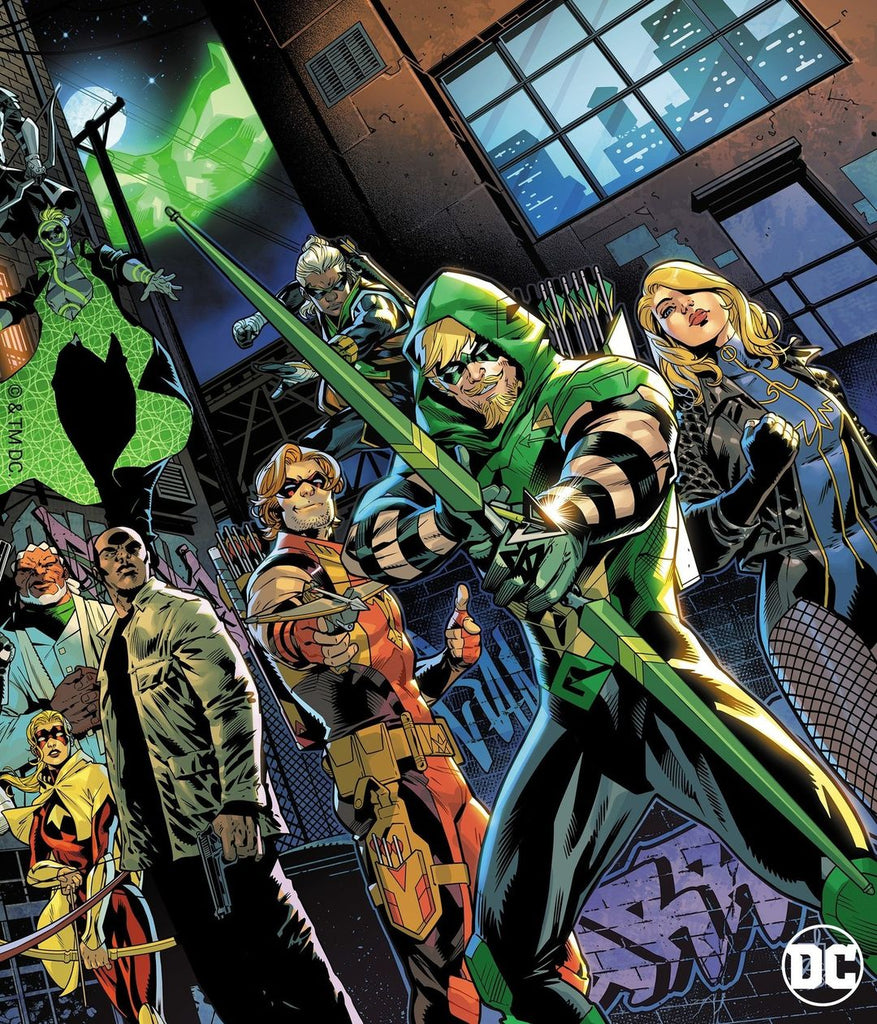
Image Source: https://www.instagram.com/dcofficial/ | Image Courtesy: DC Comics
The Philosophy & Meaning Behind DC Comics Logo Design
The DC Comics logo design isn't just a mere emblem; it carries a philosophy and meaning that resonates with its readers, characters, and the very ethos of storytelling. A deep dive into the visual elements of the logo unveils layers of symbolism, creative ideology, and connection with the brand's history. In this section, we'll unpack five intriguing aspects of the philosophy and meaning behind the DC Comics logo design, a fascinating exploration that could enrich any graphic designer's creative thinking.
Iconography and Symbolism
Each iteration of the DC Comics logo design has been rich in symbols that connect to the heart of comics culture. Whether it's the use of stars to symbolize heroism or the flipped "D" to signify a turning page, the symbols chosen have not been random but well-thought-out representations of what DC Comics stands for.
Color Psychology
The varying color schemes in the DC Comics logo design are more than aesthetic choices; they represent different aspects of the brand's personality. For instance, the red used in the 1949 design conveyed passion and energy, while the blue shades in the 2005 logo portrayed a sense of freshness and innovation. Understanding color psychology can be a vital tool for designers to evoke specific emotions and brand associations.
Typography as Voice
The typefaces chosen across the different versions of the logo have provided a visual voice to the brand. From bold serif fonts conveying strength and tradition to sleek sans-serif designs exuding modernity, the choice of typography has been instrumental in communicating the brand's evolving character and ethos.
Dynamic Storytelling
The DC Comics logo design has embraced a narrative approach, allowing it to tell a story even in its static form. Whether through the representation of motion in the 2005 design or the inclusion of iconic characters, the logos have been more than static images; they've been visual stories that resonate with the readers and connect them to the world of DC Comics.
Legacy and Innovation Balance
One of the fascinating aspects of the DC Comics logo design has been the balancing act between honoring legacy and pushing for innovation. The designs have often paid homage to previous versions, like the 2016 logo reflecting the 1970s version, while infusing new elements. This philosophy of respecting the past while embracing the future is a vital lesson for brands looking to evolve without losing their core identity.
The DC Comics logo design serves as an instructive case study in the depth and complexity that can be achieved in logo design. It reminds us that logos are not mere superficial branding tools, but profound expressions of a brand's philosophy, culture, and aspirations. Analyzing and understanding these layers can lead to more resonant and effective designs, providing a holistic approach that goes beyond aesthetics. It's an inspiring journey into the creative potential of logo design, offering valuable insights for any graphic designer keen on crafting logos with depth and meaning.

Image Source: https://www.instagram.com/dcofficial/ | Image Courtesy: DC Comics
What Can We Learn from DC Comics Logo Design
The transformation of the DC Comics logo design over the years is not merely a visual chronicle; it's a treasure trove of insights and learnings for graphic designers. From its inception to its latest iteration, the evolution of the logo encapsulates lessons in design principles, branding strategy, and cultural alignment. In this section, we'll delve into five key lessons that we can glean from the fascinating journey of DC Comics logo design, providing valuable takeaways for every graphic designer looking to elevate their craft.
Adaptation to Cultural Shifts
DC Comics logo design's ability to adapt and align with cultural shifts demonstrates how a brand can remain relevant. Whether it's the modern minimalist approach of the 1970s or the dynamic and futuristic design of the early 2000s, the logo has evolved with the times. This highlights the importance of understanding cultural context and designing with a finger on the pulse of societal trends.
Brand Consistency and Evolution
Even though the logo has seen multiple redesigns, there has always been a thread of consistency. The recognizable "DC" has remained a constant element, ensuring that the brand is identifiable through its transitions. This teaches us that while it's essential to evolve, maintaining core elements that resonate with the brand's identity is equally crucial.
Emotional Resonance
The different designs of the DC Comics logo have all aimed to evoke specific emotions, whether it's excitement, nostalgia, or innovation. Designing with emotional resonance in mind is a powerful strategy that ensures a deeper connection with the audience. It's not just about what looks good; it's about how it makes people feel.
Balancing Simplicity and Complexity
The DC Comics logo design journey exhibits a masterful balance between simplicity and complexity. The designs have ranged from intricate emblems to sleek minimalist creations, each serving its purpose for the era it represents. Learning to strike this balance allows for a versatile and adaptive design strategy.
Incorporating Symbolism with Purpose
The use of symbols like stars, colors, and typography in the DC Comics logo design has always served a purpose. They weren't just decorative elements but carried specific meanings and associations. Incorporating symbolism with clear intent can add depth to a design, making it more engaging and meaningful.
The lessons embedded in the DC Comics logo design are both timeless and timely. They offer a view into the art and science of logo design, where creativity meets strategy, and aesthetics align with purpose. As designers, absorbing these insights can enhance our approach to crafting logos that not only look appealing but resonate deeply with the audience. Whether a seasoned designer or a budding talent, the exploration of the DC Comics logo design serves as an inspiring case study that bridges the past and the present, tradition and innovation, in a way that continues to captivate and instruct.
Conclusion
The journey of the DC Comics logo design is a testament to the power of creativity, adaptability, and strategic thinking in the realm of graphic design. With each transformation, it has mirrored cultural shifts, retained brand essence, and forged emotional connections. For graphic designers, the evolution of the DC Comics logo design offers a rich palette of insights and inspiration. It reminds us that great design is not just about visual appeal but also about resonating with the audience and staying true to the brand's core values. In the ever-changing world of design, the legacy of the DC Comics logo continues to be a beacon of timeless innovation.
Let Us Know What You Think!
These fantastic logo design articles are written and curated by Kreafolk's team. We hope you enjoy our information and remember to leave us a comment below. Cheers!


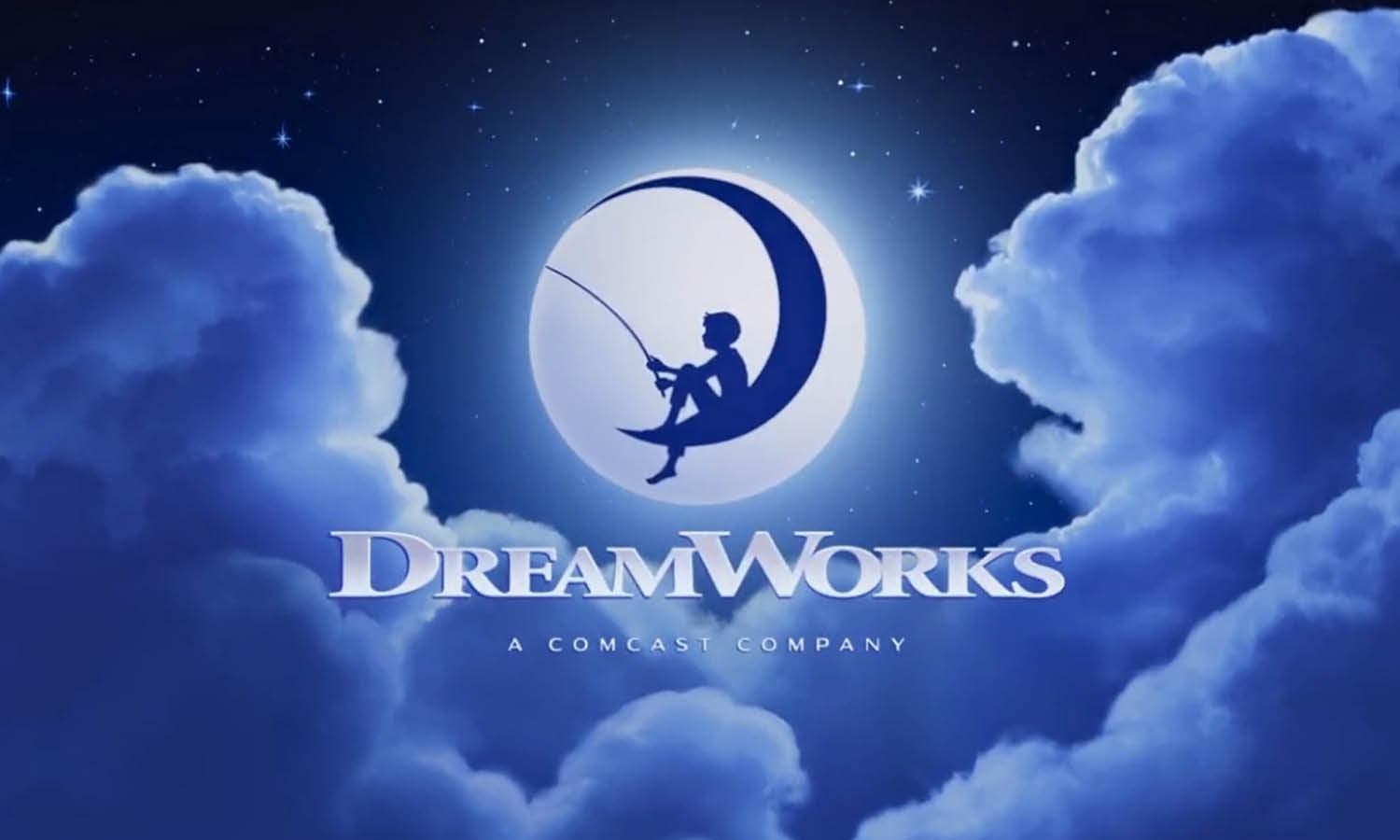
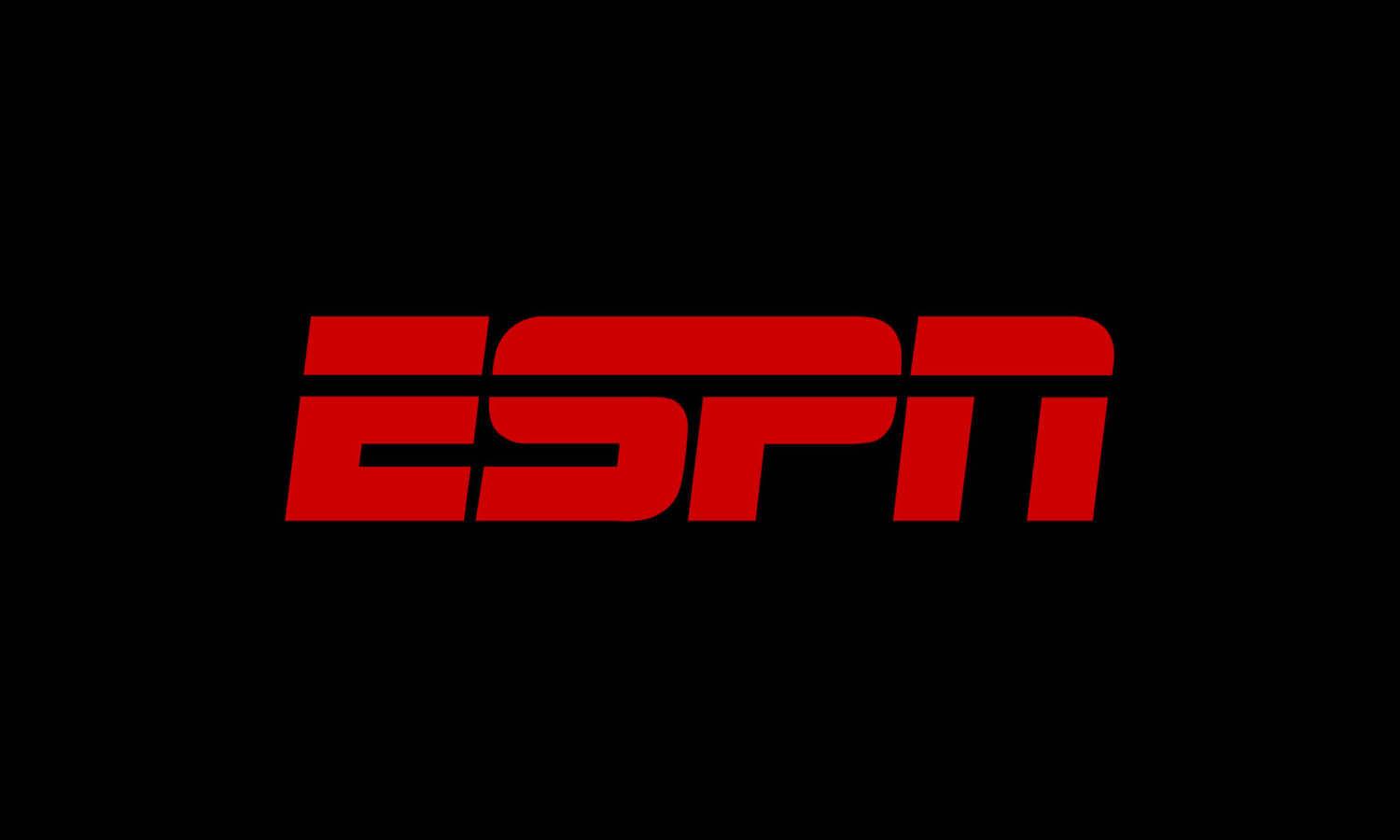

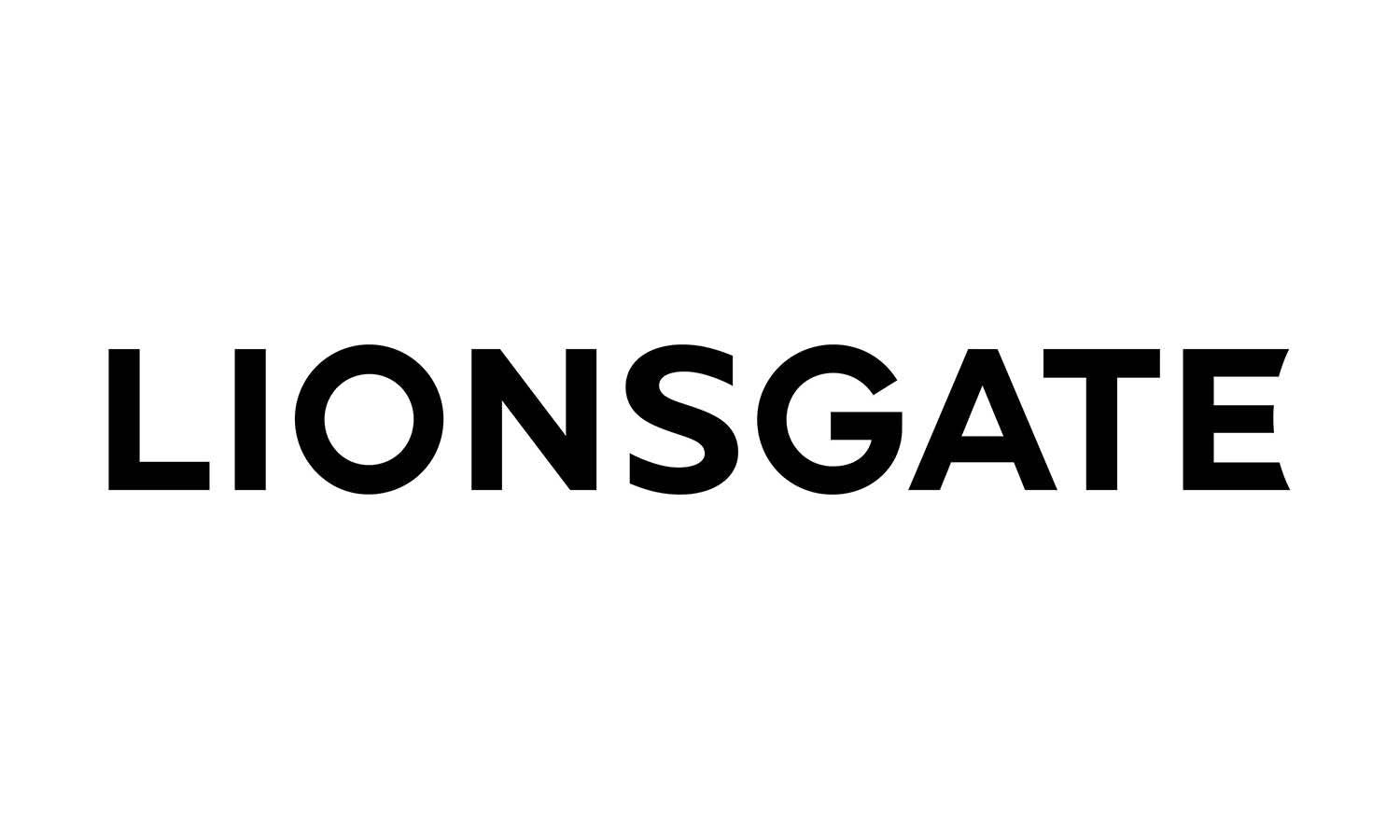
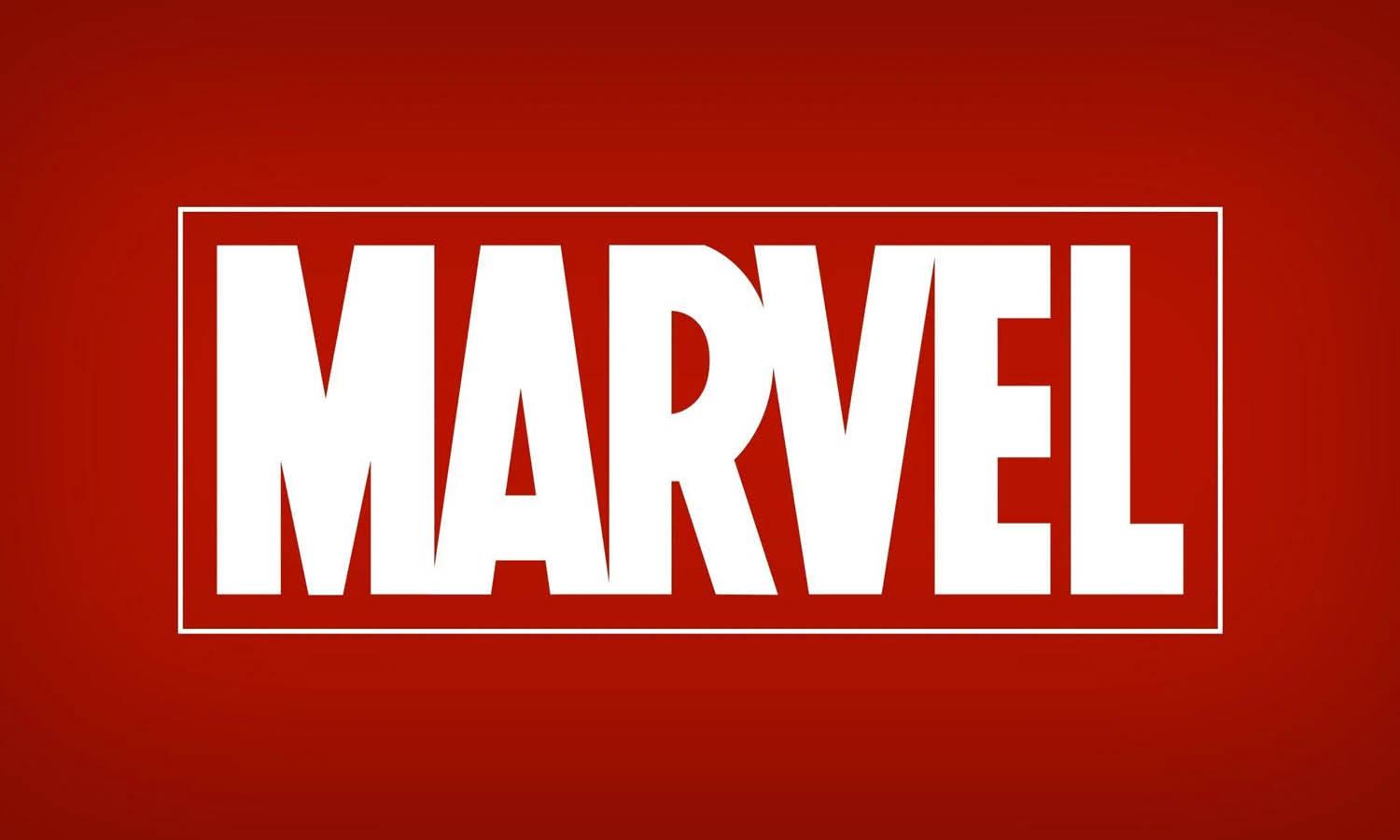
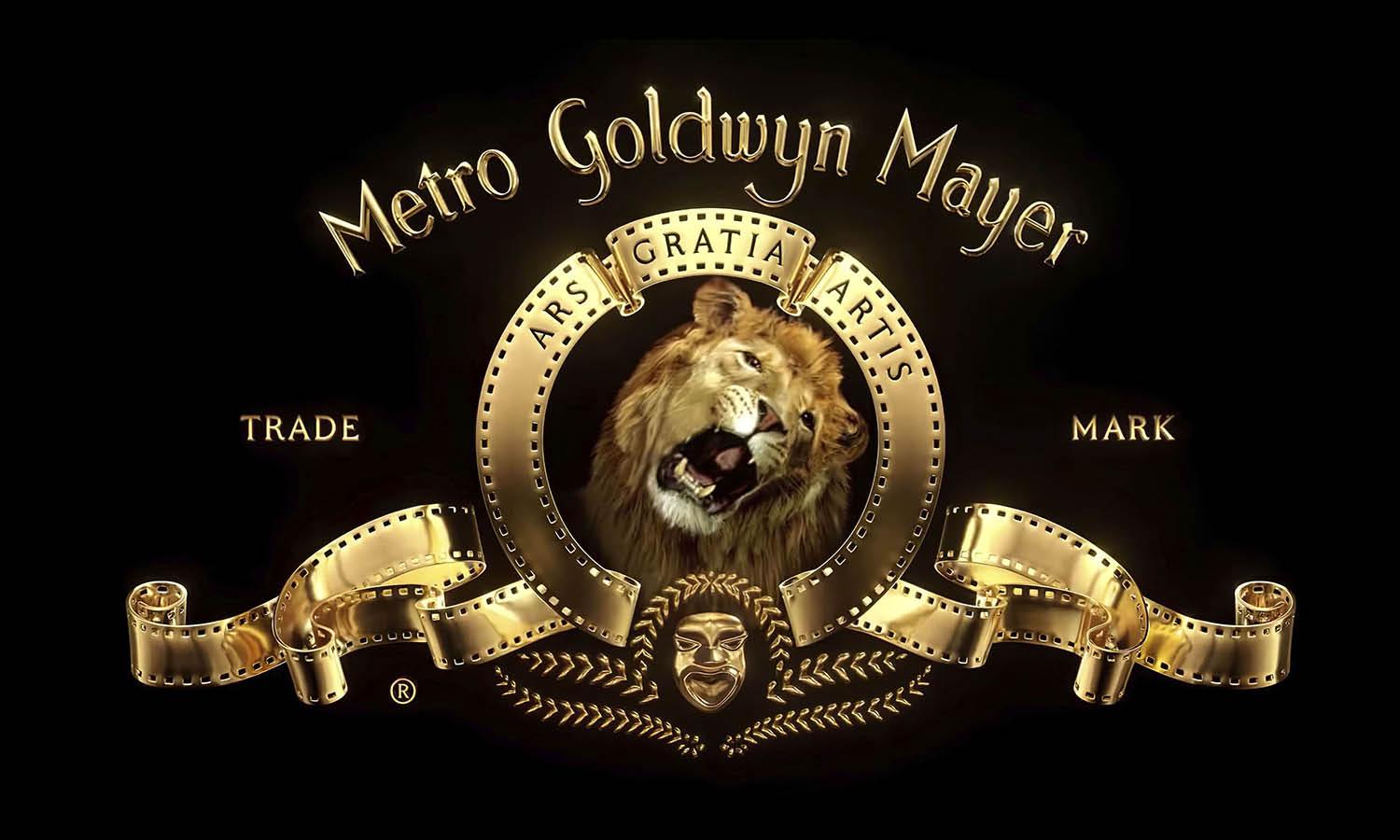








Leave a Comment